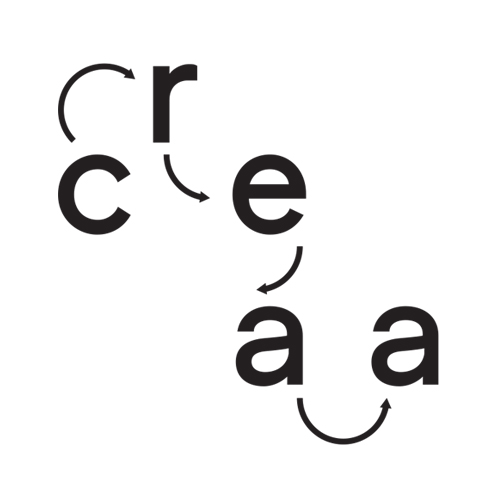The Playful Paradigm: cruising across complexity of URBACT Transfer Plans
Edited on
19 July 2019An article by Paola Amato.
Gaming and gamification are broader concepts that can help cities cope with demographic changes and the complexity behind an evolving society. This requires a shift in mentality and adoption of participative models where local communities are called to actively share and co produce solutions. But every context is different and much depends on the local governance and the role subsidiarity plays in each and every context.

Gaming and gamification are broader concepts that can help cities cope with demographic changes and the complexity behind an evolving society. This requires a shift in mentality and adoption of participative models where local communities are called to actively share and co produce solutions. But every context is different and much depends on the local governance and the role subsidiarity plays in each and every context. Based on that, URBACT new experimental Transfer Networks aim at increasing capacity of cities to adopt or rather adapt successful urban practice in order to shape their competitive profile and anticipate changes in society.
And this is what is the main aim of the Playful paradigm, Udine’s Good Practice (GP) and one of the 25 approved operations. The Playful Paradigm lies on a policy framework (umbrella) which combines different sector policies aiming in an integrated way towards achieving different goals: promoting social inclusion, healthy lifestyles and energy awareness, place-making and economic prosperity. It also demonstrates that when urban policies are clearly linked to EU/international/national/local protocols/ initiatives, they can contribute to build cities’ durable capacity towards greener behaviours and more social cohesion. It must be observed that most PP cities, and EU cities in general, do not have a direct legal competence in all policies emerging from the GP application/transfer and such difficulty can largely determine a sound/weak local governance as well as a strong/weak commitment of stakeholders (vertical/horizontal subsidiarity). So finding a local road map, getting inspired by the exchange and learning at transnational levels, have been the main scopes behind the URBACT Transfer Plans elaborated by each of the 7 EU partner cities of the Playful Paradigm in the project’s first three months on the base of URBACT guidance.
Based on a modular adaptation which represents a new set of interrelated activities that will feed the cities' final urban plan/programme at the end of the project, the Playful aims to make cities reflect on the best way to embed the new approach within the city’s individual capacity to shape future innovative policies.
So how can cities adopt more innovative and inclusive urban policies but rather what are the basic factors that can make transfer of a good practice successfully adopted by another city according to the URBACT guidance?
As the Playful Transfer journey demonstrated the answer is there is not one fits all path: on the other hand by means of the Transfer Plan, PP have been called to clearly identify and reflect on their own barrier, assets, resources, ambitions all elements that start, first and foremost, on the capacity of the city to co-produce solutions with their stakeholders. As adaptation also requires finding the right scale of implementation at local levels, the elaboration of the Transfer plan has been a very complex and demanding task as the Plan itself is and will be a "work in progress" that can change and be further improved all across the next 2-year duration of the URBACT network. Among the successful factors that have clearly emerged during elaboration, are:
- Setting of an open and inclusive process to identify relevant ULG and stakeholders;
- Setting of a detailed ULG agenda in order to have continuous feedback and support that in perspective will enhance the city’s reputation and reliance on the part of local communities;
- Identifying a clear methodology to incorporate finding at transnational to local level and vice versa;
- Individual city’s specific internal factors based among others on cooperation among different departments and cooperation with local politicians;
- Strong willingness and capacity to communicate outside the network.
An article by Paola Amato
 Submitted by CREAA on
Submitted by CREAA on
